-
 bitcoin
bitcoin $115692.075601 USD
5.13% -
 ethereum
ethereum $4162.931611 USD
11.68% -
 bnb
bnb $1310.063287 USD
17.56% -
 tether
tether $1.000983 USD
0.00% -
 xrp
xrp $2.534505 USD
8.16% -
 solana
solana $198.235737 USD
13.49% -
 usd-coin
usd-coin $1.000236 USD
0.02% -
 dogecoin
dogecoin $0.207352 USD
12.89% -
 tron
tron $0.323043 USD
3.62% -
 cardano
cardano $0.701559 USD
11.88% -
 hyperliquid
hyperliquid $39.924597 USD
8.30% -
 chainlink
chainlink $18.934457 USD
11.56% -
 ethena-usde
ethena-usde $1.000552 USD
0.02% -
 stellar
stellar $0.340575 USD
7.05% -
 bitcoin-cash
bitcoin-cash $545.011757 USD
8.86%
How to manage DApp permissions in Trust Wallet?
Trust Wallet lets you securely connect to DApps, but always review permissions like token allowances and disconnect unused apps to protect your funds.
Oct 11, 2025 at 01:01 am
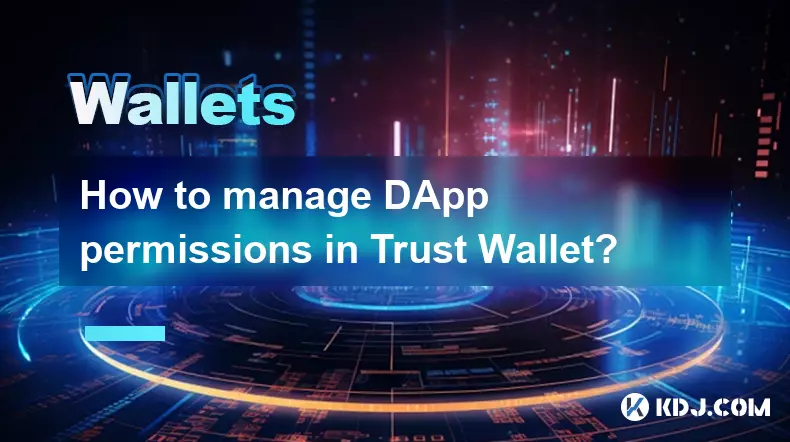
Understanding DApp Permissions in Trust Wallet
1. Decentralized applications, commonly known as DApps, operate on blockchain networks and require access to a user's wallet for functionality. Trust Wallet allows users to interact with these applications directly from the mobile interface. When connecting to a DApp, users are prompted to grant specific permissions that determine what the application can do with their wallet.
2. These permissions typically include reading wallet balances, initiating transactions, and accessing public wallet addresses. Some DApps may request approval for token allowances, which allow them to spend a certain amount of tokens on your behalf. It is crucial to understand each permission before confirming, as unauthorized access could lead to loss of funds.
3. Trust Wallet displays all requested permissions clearly during the connection process. Users should review the scope of access being granted, especially when dealing with high-value wallets or sensitive assets. The interface includes details about network type, contract address, and specific functions the DApp intends to execute.
4. Once connected, the DApp is listed under the browser history or active connections within Trust Wallet. This enables users to monitor which applications have access to their wallet at any given time. Connections remain active until manually revoked, making ongoing management essential for security.
5. Trust Wallet uses industry-standard Web3 injection methods to establish secure communication between the DApp and the user’s wallet. No private keys are ever shared with the DApp. However, phishing attacks and malicious contracts can still exploit over-permissive authorizations, so vigilance is required.
Steps to Review Active DApp Connections
1. Open Trust Wallet and navigate to the built-in DApp browser, usually accessible via the compass icon on the bottom menu.
2. Tap on the menu or settings option within the browser section and select 'Connected Sites' or 'Active Sessions,' depending on the version of the app.
3. A list of currently connected DApps will appear, showing the domain name, network used, and date of connection. Each entry provides insight into which sites retain access to your wallet data.
4. Select any entry to view detailed permissions granted, including token allowances and transaction limits. This transparency helps users identify potentially risky authorizations.
5. From this screen, users can disconnect any DApp by tapping the “Disconnect” button. Disconnection immediately revokes all previously granted permissions, preventing further interactions.
Adjusting Token Allowances Safely
1. Within the Trust Wallet DApp browser, go to the 'Settings' menu and locate the 'Token Approvals' or 'Smart Contract Permissions' section.
2. This area lists all smart contracts that have been granted spending allowances for ERC-20 or equivalent tokens on various blockchains. Each entry shows the token type, spender address, and approved amount.
3. High allowance values, such as those set to maximum (e.g., 999,999,999,999), pose significant risks if the contract turns out to be malicious or compromised. Always reduce unnecessary allowances to zero.
4. To revoke an allowance, tap on the contract and choose 'Revoke' or 'Set to Zero.' This action requires a blockchain transaction and may incur a small gas fee depending on the network.
5. Regular audits of token approvals help minimize exposure. Users should periodically revisit this section to clean up outdated or unknown authorizations.
Best Practices for Secure DApp Interaction
1. Only connect to DApps from trusted sources. Verify URLs carefully, as fake websites mimicking legitimate platforms are common.
2. Avoid granting permissions on public Wi-Fi networks. Use secure internet connections to prevent man-in-the-middle attacks.
3. Enable biometric authentication in Trust Wallet settings to add an extra layer of protection for transaction confirmations.
4. Never share your recovery phrase with anyone, regardless of how legitimate a DApp appears. No genuine application will ever ask for it.
5. Stay informed about known scams and fraudulent contracts by following official Trust Wallet announcements and community updates.
Frequently Asked Questions
How do I know if a DApp is safe before connecting?Research the DApp’s reputation, check its official website, read community reviews, and verify the contract address on blockchain explorers like Etherscan. Look for audit reports from reputable firms.
Can a DApp steal my crypto just by connecting?Simply connecting does not give a DApp the ability to withdraw funds. However, if you approve a malicious token allowance or sign a deceptive transaction, unauthorized transfers can occur.
What happens after I disconnect a DApp?All permissions granted to that DApp are immediately terminated. You will need to reconnect and reauthorize if you wish to use the service again.
Are DApp connections stored locally on my device?Yes, Trust Wallet stores connection data locally on your phone. Clearing app data or uninstalling the app will remove all saved sessions and permissions.
Disclaimer:info@kdj.com
The information provided is not trading advice. kdj.com does not assume any responsibility for any investments made based on the information provided in this article. Cryptocurrencies are highly volatile and it is highly recommended that you invest with caution after thorough research!
If you believe that the content used on this website infringes your copyright, please contact us immediately (info@kdj.com) and we will delete it promptly.
- XRP Price Prediction: Weekend Rollercoaster or Rally?
- 2025-10-12 08:45:16
- Bittensor (TAO): Super Bullish Signals Point to Potential 2x Rally
- 2025-10-11 10:25:12
- Silver Price Correction: Navigating the Dip & Identifying Key SEO Keywords
- 2025-10-11 10:25:12
- Decoding Crypto Trends: Bittensor's Bull Run, Cardano's Dip, and LivLive's Presale Buzz in 'Uptober 2025'
- 2025-10-12 08:45:16
- MoonBull: The Crypto Meme Coin Promising 1000x Gains?
- 2025-10-11 10:30:01
- Crypto Payroll Revolution: Stablecoins, Altcoins, and the Future of Salary Payments
- 2025-10-11 10:30:01
Related knowledge
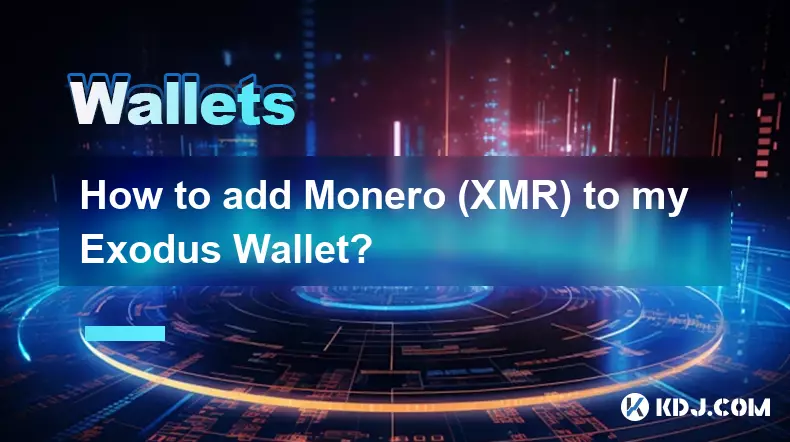
How to add Monero (XMR) to my Exodus Wallet?
Oct 10,2025 at 07:55am
Adding Monero (XMR) to Your Exodus WalletExodus Wallet supports Monero, one of the most privacy-focused cryptocurrencies available. Adding XMR to your...
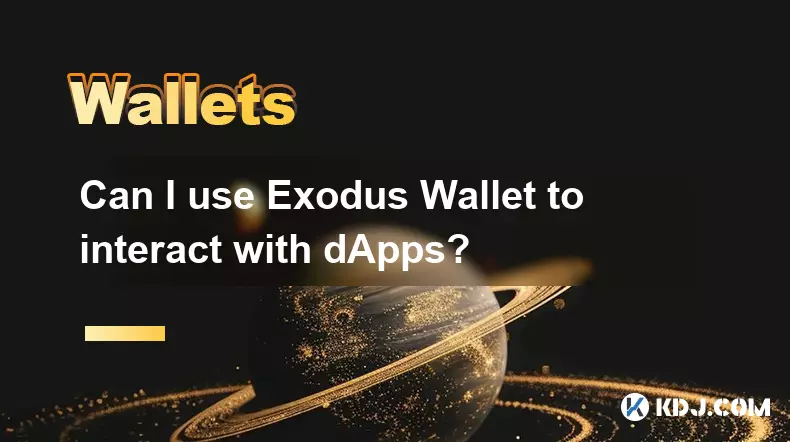
Can I use Exodus Wallet to interact with dApps?
Oct 10,2025 at 01:18pm
Exodus Wallet and dApp Integration1. Exodus Wallet has evolved into a multi-chain cryptocurrency wallet that supports a growing number of blockchains,...

How to find my Dogecoin (Doge) address in Exodus Wallet?
Oct 10,2025 at 09:01am
Finding Your Dogecoin Address in Exodus WalletExodus Wallet is a popular choice for storing various cryptocurrencies, including Dogecoin (DOGE). It of...
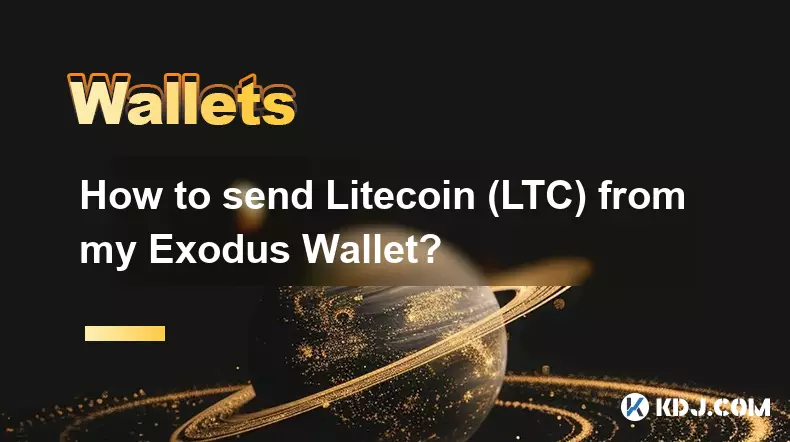
How to send Litecoin (LTC) from my Exodus Wallet?
Oct 13,2025 at 01:54am
Sending Litecoin from Exodus Wallet: A Step-by-Step Guide1. Open the Exodus Wallet application on your desktop or mobile device and unlock your wallet...
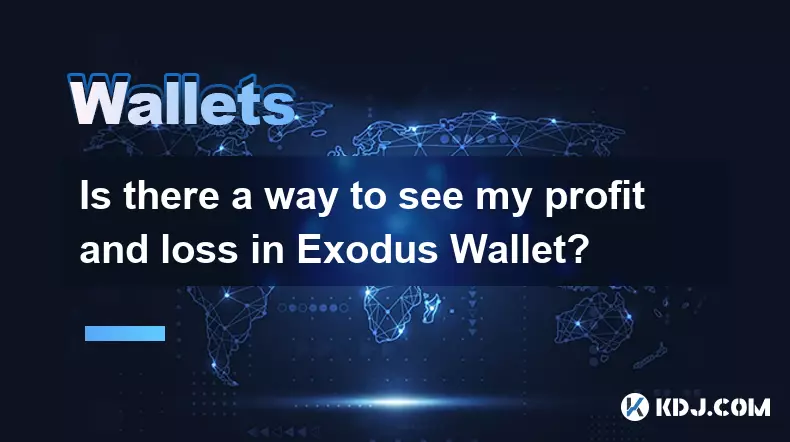
Is there a way to see my profit and loss in Exodus Wallet?
Oct 10,2025 at 12:19am
Understanding Profit and Loss Tracking in Exodus WalletExodus Wallet is known for its user-friendly interface and support for a wide range of cryptocu...
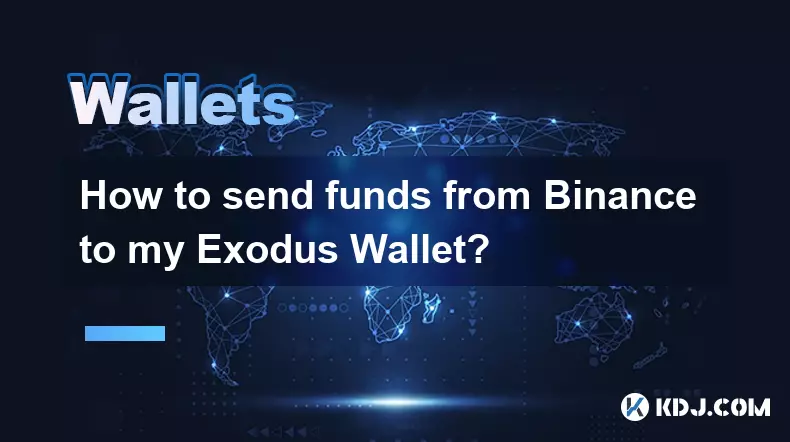
How to send funds from Binance to my Exodus Wallet?
Oct 13,2025 at 01:01am
Connecting Binance and Exodus Wallet for Seamless Transfers1. Ensure that your Exodus wallet supports the cryptocurrency you intend to withdraw from B...

How to add Monero (XMR) to my Exodus Wallet?
Oct 10,2025 at 07:55am
Adding Monero (XMR) to Your Exodus WalletExodus Wallet supports Monero, one of the most privacy-focused cryptocurrencies available. Adding XMR to your...

Can I use Exodus Wallet to interact with dApps?
Oct 10,2025 at 01:18pm
Exodus Wallet and dApp Integration1. Exodus Wallet has evolved into a multi-chain cryptocurrency wallet that supports a growing number of blockchains,...

How to find my Dogecoin (Doge) address in Exodus Wallet?
Oct 10,2025 at 09:01am
Finding Your Dogecoin Address in Exodus WalletExodus Wallet is a popular choice for storing various cryptocurrencies, including Dogecoin (DOGE). It of...

How to send Litecoin (LTC) from my Exodus Wallet?
Oct 13,2025 at 01:54am
Sending Litecoin from Exodus Wallet: A Step-by-Step Guide1. Open the Exodus Wallet application on your desktop or mobile device and unlock your wallet...

Is there a way to see my profit and loss in Exodus Wallet?
Oct 10,2025 at 12:19am
Understanding Profit and Loss Tracking in Exodus WalletExodus Wallet is known for its user-friendly interface and support for a wide range of cryptocu...

How to send funds from Binance to my Exodus Wallet?
Oct 13,2025 at 01:01am
Connecting Binance and Exodus Wallet for Seamless Transfers1. Ensure that your Exodus wallet supports the cryptocurrency you intend to withdraw from B...
See all articles























![[4K 60fps] Anyway by Retropt (1 Coin) [4K 60fps] Anyway by Retropt (1 Coin)](/uploads/2025/10/13/cryptocurrencies-news/videos/k-fps-retropt-coin/68ec4f42a41d0_image_500_375.webp)


















































